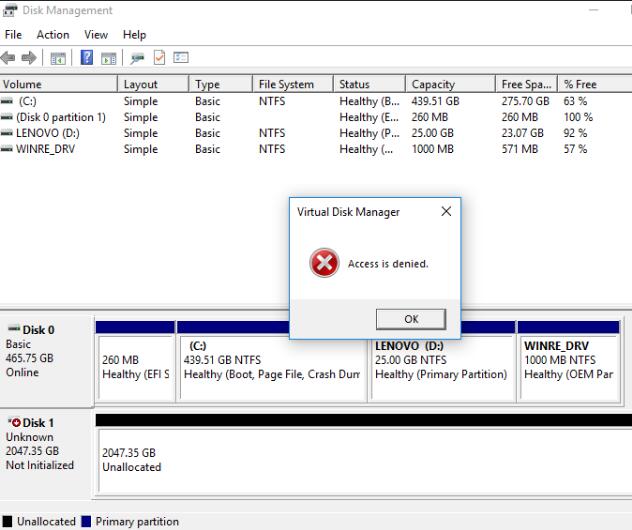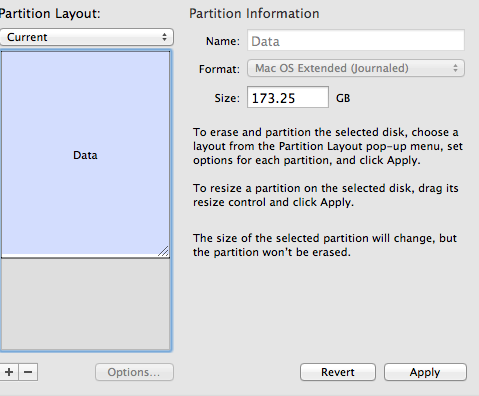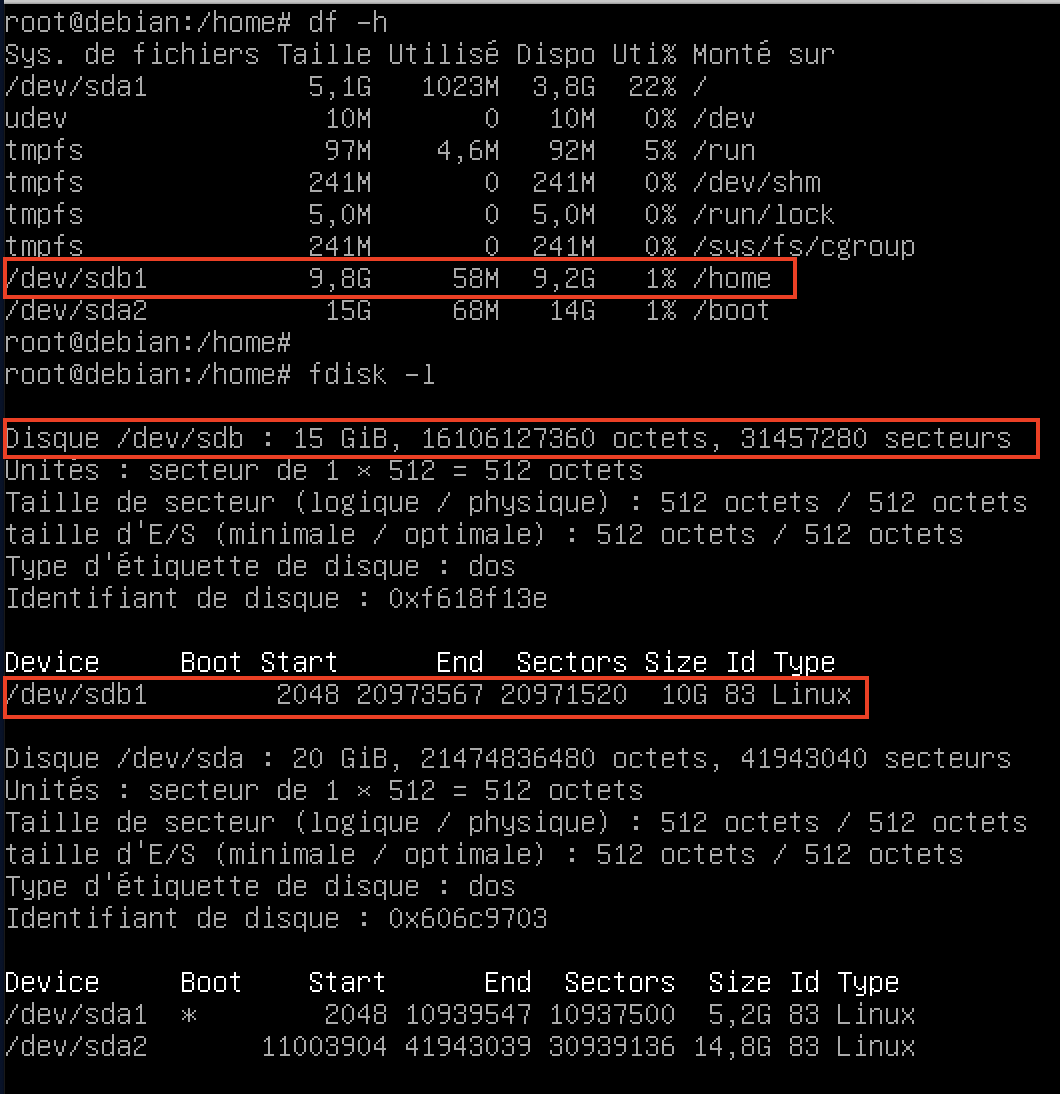

- #PARTITION FAILED COULD NOT UNMOUNT DISK HOW TO#
- #PARTITION FAILED COULD NOT UNMOUNT DISK FREE#
- #PARTITION FAILED COULD NOT UNMOUNT DISK WINDOWS#
Here, this post will tell you how to delete system active primary partition in a single operating system or dual system on your computer.Ĭase 1: Delete System Volume in Single Operating SystemĪs for many of you, only one operating system is installed on the computer.
#PARTITION FAILED COULD NOT UNMOUNT DISK FREE#
Or you want to delete one active system partition to free up some disk space. Now you don’t want to use one OS and decide to delete it. You have installed two operating systems on your computer.Generally, you may choose to delete a system partition in two cases:
#PARTITION FAILED COULD NOT UNMOUNT DISK WINDOWS#
How to Delete Active System Partition in Windows 7/8/10 How to solve this issue? Don’t worry, it is easy and there are some solutions below. Tip: In addition to system partition deletion, Windows cannot format the system partition on this disk in Windows 10/8/7. Besides, partition C is also unable to be deleted because delete is not allowed on the current boot, system, pagefile, crashdump or hibernation volume. You can see the partition on disk 1 is labeled " System, Active, Primary Partition", so it is not allowed to be deleted or formatted in Windows 7/8/10. Therefore, if you want to delete your system partition, Windows Disk Management will fail to do this work. In addition, the partition which holds the boot sector must be set active, otherwise, your computer is unbootable. Please refer to Cannot Delete Volumes in Windows for more information.Īs for the system partition, it must be a primary partition which contains the boot loader that is used to boot your operating system. Third, the list of disks is recreated based on the new partition tables.įinally, each disk in the list is checked to see if it is marked for ASM use.Tip: In fact, there are many partitions that cannot be deleted in Disk Management, including boot volume, the volume where page file, crash dump files and hibernation files are saved, EFI system partition, OEM partition and recovery partition. Second, the partition tables of each disk in the scan are reloaded unless the -s option was specified. If not, /proc/partitions is read, and each block device is added, subject to the -o and -x options. If disks were specified on the command line, this is the list. First, the list of disks to scan is created. The Scanorder and Scanexclude parameters you place in /etc/sysconfig/oracleasm relate to the names found in /proc/partitions (!!!!). You must get your raw devices listed in /proc/partitions before you can do a scandisk.

oracleasm is using /proc/partitions as the source of all scanning it performs. If you read the manpage for 'man oracleasm-scandisks' you will note the text below. However, I have not had the opportunity to try it. (It also falls back on BLKRRPART if BLKPG fails.)īLKPG seems to be a "this partition has changed here is the new size" operation, and it looked like partprobe called it individually on all the partitions on the device passed, so it should work if the individual partitions are unused. The partprobe DEVICE command, on the other hand, seems to use a new ioctl called BLKPG, which might be better I don't know. Two of the other tools recommended so far ( hdparm -z DEVICE, sfdisk -R DEVICE) does exactly the same thing. Note: Please assume that none of the partitions I am actually editing are opened, mounted or otherwise in use.Ĭfdisk uses ioctl(fd, BLKRRPART, NULL) to tell Linux to reread the partition table.

(This also happens with other partitioning tools, so I'm thinking this is a Linux issue rather than a cfdisk issue.) Why is this, and why does it only happens sometimes, and what can I do to avoid it? Wrote partition table, but re-read table failed. Sometimes, when resizing or otherwise mucking about with partitions on a disk, cfdisk will say:


 0 kommentar(er)
0 kommentar(er)
